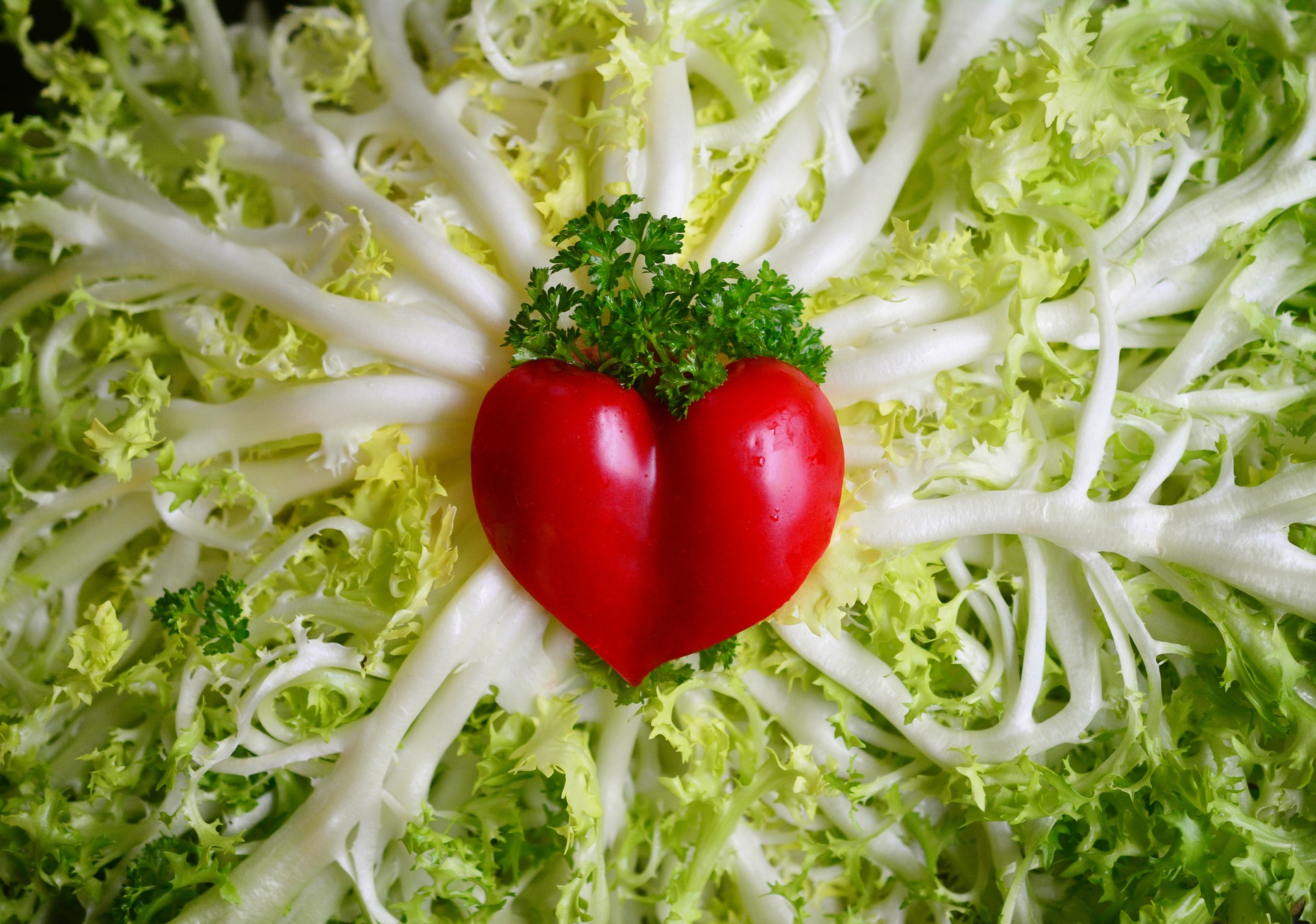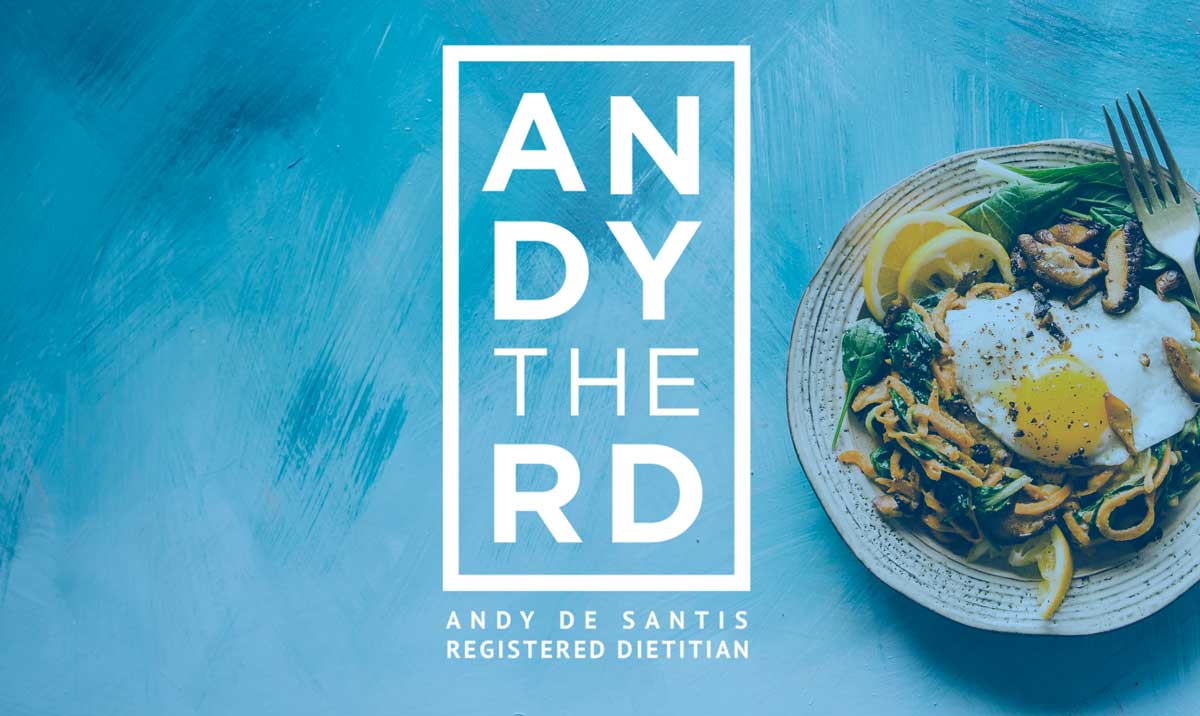The majority of the most frequently prescribed and dispensed medications across North America are for lowering blood pressure.
It is an incredibly common issue and one of the main reasons why an otherwise healthy person might end up at the doctor’s office requiring a prescription.
As I discuss at length in my new 5 Ingredient Heart Healthy Cookbook, increased potassium intake is one of the major nutritional pillars of lowering your blood pressure levels.
In today’s post, I will explain why.
The Role Of Potassium In Heart Health & Blood Pressure Reduction
The connection between sodium, hypertension and heart health is not purely reductionist in nature.
In other words, it’s not ONLY about lowering your sodium intake.
According to a 2011 study out of the Journal Of The American Medical Association (JAMA) the ratio of your sodium:potassium intake is an important predictor of heart disease risk.
This sentiment is echoed by the World Health Organization (WHO) who identify BOTH excessive sodium intake and insufficient potassium intake as major heart health risk factors.
A chronically high sodium intake raises blood pressure for a variety of reasons including water retention and alterations to the functionality of the vessels, arteries and parts of the nervous system that govern their functionality.
Potassium plays a similar but essentially opposite physiological role to sodium, which is why the relative intakes of these two nutrients has become such an area of emphasis in the world of heart health.
As such, it should come without surprise that increasing potassium intakes are associated with reductions in blood pressure and reduced risk of stroke.
So what are we going to do about YOUR sodium:potassium intake ratio?
Emphasize Potassium Rich Foods
If you’ve been keeping up with sodium content thus far, you will know I’ve already written a piece on the top 10 sources of dietary sodium.
I highly recommend you check it out if you haven’t already because excessive sodium content drives up your blood pressure levels.
They are the foods that certainly you should be consuming in different ways, which my new book will certainly help with.
My Heart Healthy Cookbook doesn’t just help you avoid sodium though, it is crafted specifically to emphasize potassium rich foods.
So now you’re probably wondering which those are?
Here are my top 8 potassium-rich food groupings with examples of the foods with the most potassium within each.
Packed With Potassium
Starchy veggies including baked potato, sweet potato & acorn squash
Seeds specifically pumpkin and squash seeds
Legumes especially kidney beans, navy means, white beans and edamame
Fish especially salmon & halibut
Leafy green veggies including beet greens, spinach and swiss chard
Fruits especially avocado, kiwi and bananas
Diary & alternatives milk, yogurt, soy milk
Fun foods like maple syrup and chocolate
Next Steps To Conquer Your Blood Pressure
Now you know that more potassium and less sodium is a fundamental dietary shift for improving your blood pressure, but it isn’t the only shift you need to make.
Emphasizing nutrient dense foods that are rich in calcium and magnesium is another very important consideration, as is the incorporation of novel strategies like dark chocolate consumption and utilizing relaxation practices such as meditation.
I’ve got you covered though, I’ve written content in each of these areas and will be linking them at the end of the article for your further review.
I do what you to know that knowledge is only one aspect of this process and if you find yourself overwhelmed and struggling to apply effectively apply these principles in your daily life, that’s where I can come in to help provide you the additional support, guidance and accountability that only a dietitian can.
Don’t hesitate to reach out if you’d like to learn more about how we can work today to lower your blood pressure levels.
Until then,
Andy De Santis RD MPH



